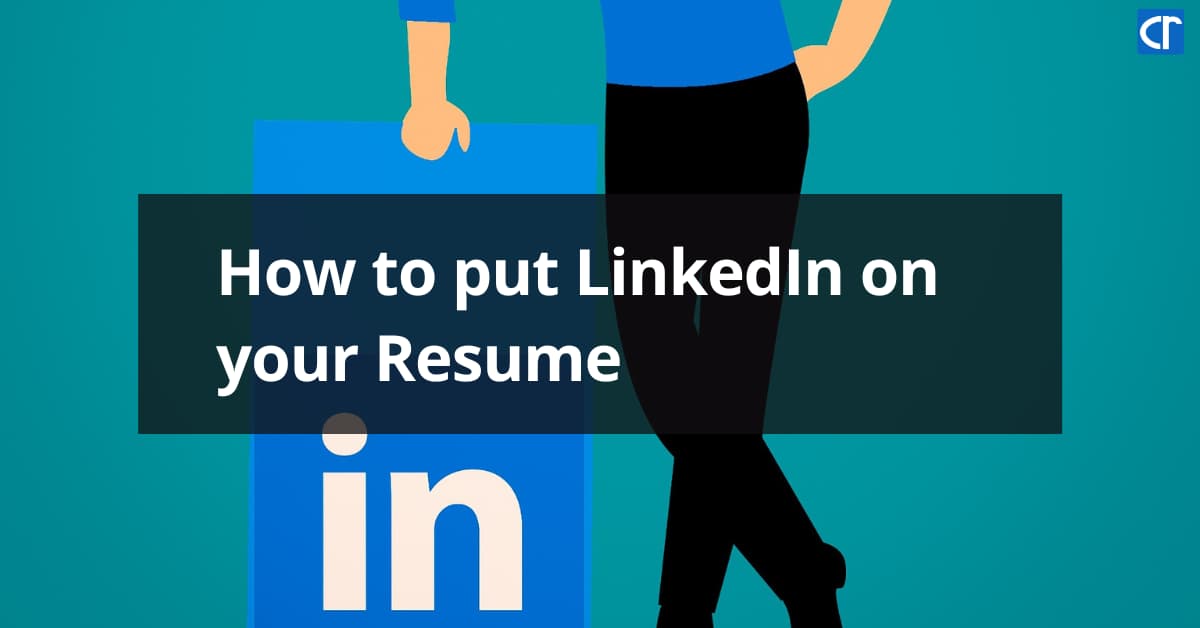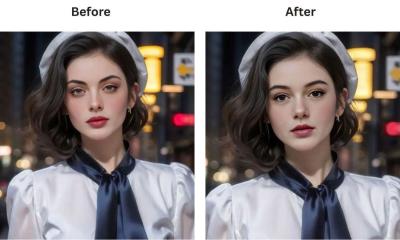In today’s digital age, having an online presence is crucial for job seekers and professionals alike. One of the most popular platforms for career networking is LinkedIn. However, a common question arises: should you put your resume on LinkedIn? In this blog post, we’ll dive into the pros and cons of sharing your resume on this professional platform, helping you make an informed decision about whether it’s right for you.
Understanding LinkedIn as a Professional Platform

LinkedIn is much more than just a social network; it’s a powerful tool for professionals looking to connect, network, and advance their careers. With over 900 million users worldwide, it serves as a hub where individuals can showcase their accomplishments, skills, and professional journeys. Here are some key aspects to consider about LinkedIn:
- Networking Opportunities: LinkedIn allows you to connect with colleagues, industry leaders, and potential employers. Building a network can lead to job referrals and new opportunities that might not be advertised elsewhere.
- Professional Branding: Your LinkedIn profile acts as your online resume and portfolio. It reflects your professional identity and showcases achievements, endorsements, and recommendations.
- Job Search Functionality: Many companies actively recruit on LinkedIn, and having a well-crafted profile can enhance your visibility to recruiters seeking candidates with your skill set.
- Industry Insights: LinkedIn is a valuable resource for staying updated on industry trends and news. Following thought leaders and participating in discussions can elevate your knowledge and visibility.
- Skills Validation: The platform allows peers to endorse your skills, adding credibility to your claim of expertise, making your profile more attractive to recruiters.
By understanding the integral role LinkedIn plays in modern professional life, you can strategize effectively about whether or not to share your resume on this platform. Ultimately, it’s about leveraging LinkedIn’s features while considering how best to present yourself in a way that aligns with your career goals.
The Benefits of Uploading Your Resume on LinkedIn

When you think about it, uploading your resume to LinkedIn can be a game-changer in your job search. Here are some compelling benefits:
- Increased Visibility: By uploading your resume, you make it easier for recruiters and hiring managers to find you. It's like giving them a sneak peek into your professional achievements, work history, and skills.
- Showcasing Your Skills: LinkedIn allows you to attach your resume directly to your profile, which means potential employers can quickly assess your qualifications at a glance. This can be especially helpful in competitive job markets.
- Easy Application Process: Many employers use LinkedIn to streamline their hiring processes. By having your resume on your profile, you can apply for positions with just a few clicks, saving you valuable time and effort.
- Networking Opportunities: Your resume can serve as a conversation starter with industry professionals. When you connect with someone, they might review your resume and find common ground, leading to networking opportunities or even referrals.
- Access to Job Offers: Recruiters actively search LinkedIn for candidates. By having your resume on your profile, they’ll have a complete picture of your qualifications, making it more likely for them to reach out to you with job offers.
Potential Drawbacks of Sharing Your Resume on LinkedIn
While there are notable advantages, uploading your resume on LinkedIn isn't without its pitfalls. Let's explore some potential drawbacks:
- Privacy Concerns: Sharing your resume publicly could lead to identity theft or unauthorized use of your details. Consider who can see your information and how secure it is.
- Outdated Information: If you don’t regularly update your resume, it can become a liability. An outdated resume may mislead potential employers about your current skills and experiences.
- Professional Perception: Some hiring managers might view a posted resume as a sign of desperation or lack of initiative. They may prefer candidates who actively engage in networking without relying solely on their resumes.
- Overwhelm from Offers: While receiving job offers is generally a good thing, having your resume uploaded might lead to unsolicited messages from recruiters, which can be overwhelming and frustrating.
- Lack of Personalization: Your LinkedIn resume may not capture your unique personality and professional story the way a tailored cover letter can, leading to missed opportunities to impress potential employers.
Best Practices for Including Your Resume on LinkedIn
Okay, so you’ve decided to put your resume on LinkedIn. Good choice! But before you dive in, let’s talk about some best practices to make sure you’re doing it right. Here are a few handy tips:
- Use the Format Wisely: When uploading your resume, make sure it’s in a widely accepted format like PDF or DOCX. This ensures that your resume maintains its layout, no matter who opens it.
- Keep It Updated: Just like you wouldn’t want an outdated resume hanging around, you should always keep your LinkedIn resume current. Regular updates can reflect the latest skills and experiences.
- Customize for Your Audience: Think about who’s likely to view your resume. Tailoring it to specific industries or job roles can make a stronger impact.
- Utilize Keywords: Incorporate relevant keywords throughout your resume. This will not only optimize your profile for searches but also resonate more with recruiters.
- Consider Privacy Settings: Review your privacy settings to determine who can view your resume. It’s always better to share selectively rather than broadcasting it widely.
- Add a Personal Touch: Consider attaching a brief note about yourself along with your resume. A little explanation can go a long way in making a connection with potential employers.
By following these best practices, you can ensure your resume on LinkedIn stands out for the right reasons!
Alternatives to Uploading Your Resume
If you’re hesitant about uploading your resume directly to LinkedIn, you’re not alone! There are several great alternatives to consider that can still help you shine without going the traditional route:
- LinkedIn Profile as a Resume: Your LinkedIn profile can serve as a dynamic resume. Fill it up with your skills, experiences, and endorsements, and make sure it reflects your brand.
- Share Portfolio or Work Samples: Instead of a resume, you could share links to a portfolio or examples of your work, especially if you’re in a creative field. This gives employers a better idea of your actual capabilities.
- Networking Messages: If you’re reaching out to potential employers, you can include your resume in a private message rather than uploading it to your profile. This way, you can have more control over who sees it.
- Leverage Recommendations: Ask colleagues or clients to write recommendations for you on your profile. This adds credibility and gives potential employers insight into your professional skills without needing a resume.
- Engage in LinkedIn Groups: Participating in LinkedIn groups related to your industry can help you network and gain visibility without needing a formal resume attachment.
So, there you go! There are plenty of alternatives to uploading your resume on LinkedIn that can help you build your professional presence and connections. Choose what works best for you!
Should You Put Your Resume on LinkedIn - Pros and Cons Explained
LinkedIn has become a pivotal platform for professional networking, making the question of whether to upload your resume a pertinent one. Here are the pros and cons of putting your resume on LinkedIn:
Pros
- Increased Visibility: Uploading your resume increases your visibility to recruiters who are actively searching for candidates with your skill set.
- Professional Branding: A well-structured resume can enhance your personal brand and showcase your accomplishments effectively.
- Easy Application Process: Many job listings allow you to apply directly through LinkedIn using your uploaded resume, simplifying the application process.
- Networking Opportunities: A resume can attract likes and comments from peers, fostering engagement and potential job leads.
Cons
- Privacy Concerns: Sharing your resume can expose sensitive information, such as your contact details and work history.
- Potential Outdated Information: Without regular updates, your resume may present outdated information, misleading potential employers.
- Less Personal Touch: A resume often lacks the personal touch that personal summaries and engagement through posts can provide.
- Competition: Uploading your resume may mean competing with many others for the same roles.
Conclusion
Ultimately, whether you should put your resume on LinkedIn depends on your career goals and risk tolerance; weighing the potential benefits against the drawbacks is essential before making a decision.
 admin
admin








